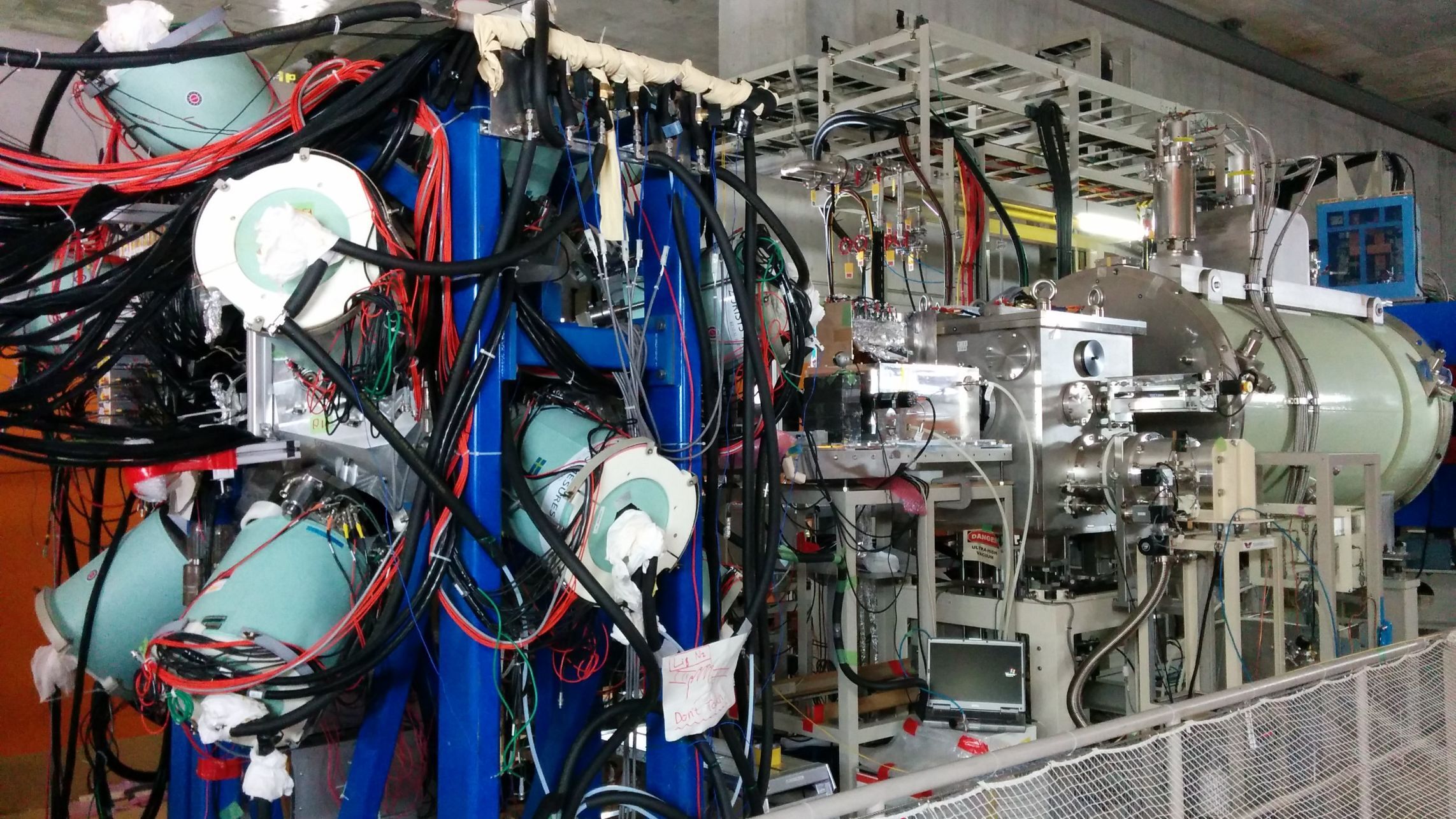An international collaboration involving the Institute of Corpuscular Physics (IFIC), located in the UV Science Park, describes the first documented break in isospin symmetry in two very close 'mirror' nuclei, which calls into question a model that has existed since the early 20th century. The work shows that two almost equal atomic nuclei (mirror image of each other), behave differently against a model in force since the beginning of the twentieth century. The finding, published in Physical Review Letters, opens up new possibilities for research into other atomic nuclei
An international scientific collaboration led by the Institute of Corpuscular Physics (IFIC), located in the scientific-academic area of the Science Park of the University of Valencia (PCUV), as well as a joint center of the Higher Council for Scientific Research (CSIC) and the University of Valencia (UV), has made a surprising finding that questions a fundamental principle of nuclear physics known as "isospin symmetry".
This symmetry is a key idea that explains why protons and neutrons, the two particles that form the nucleus of the atom, behave very similarly despite having different properties, such as their electric charge. Thanks to this symmetry, pairs of nuclei called "mirror nuclei" -which have the same total number of protons and neutrons, but exchanged in a specular way, as happens with the fingers of our left and right hand- were expected to share identical quantum characteristics, especially in its ground state, which is the most stable and natural configuration of the core.
However, the new study has found for the first time that this symmetry is not fulfilled in all cases. Specifically, they have observed that the nucleus of the isotope Kripton-71 (71Kr) and its mirror nucleus, Bromo-71 (71Br), have different fundamental states, although they differ only in one proton and one neutron. This discovery reveals an unexpected break in the symmetry of isospin in such close nuclei. The results are published in the leading journal of physics, Physical Review Letters.
Fundamental principle
Since the proton and neutron were identified in the 20th century as the fundamental blocks of the atomic nucleus, nuclear physics has evolved through the development of increasingly precise models. An idea introduced by Werner Heisenberg and refined by Eugene Wigner, very useful in both nuclear physics and particle physics, is to consider protons and neutrons as two states of the same particle, the nucleon.
This assumption leads to isospin symmetry, which predicts that mirror nuclei should share identical quantum properties, especially in their lower energy states or ground state, the 'natural' mode of a nucleus if it is not excited or disturbed by an external interaction.
"This is the first documented case in which isospin symmetry is broken in so close mirror nuclei, where only one nucleon is exchanged" Alejandro Algora, IFIC researcher and lead author of the study
However, the IFIC-led study reveals that this is not always the case. Specifically, it has shown that the nucleus of the isotope Krypton-71 (71Kr) has a different fundamental state than its mirror nucleus, Bromo-71 (71Br), contrary to expectations.
Krypton-71 ( 1 Kr) and Bromo-71 ( 1 Br) are a pair of mirror nuclei, since their numbers of protons and neutrons are exchanged: Krypton-71 has 36 protons and 35 neutrons, while Bromo-71 has 35 protons and 36 neutrons. What has been observed in this work is that the isospin symmetry breaks slightly: these mirror nuclei do not behave exactly the same, although they differ only by one nucleon. "This is the first documented case in which isospin symmetry is broken in so close mirror nuclei, where only one nucleon is exchanged" explains Alejandro Algora, IFIC researcher and lead author of the study.
Other breaks in more exotic cores
The finding is based on a subtle reorganisation of energy levels within the atomic nucleus, which the research team has been able to explain by theoretical calculations using the layer model. In nuclear physics, the layer model is a way of understanding how protons and neutrons are organized and behave within the nucleus of the atom. Just as electrons are arranged in layers around the nucleus, protons and neutrons are also grouped in levels or 'layers' within the nucleus, like floors in a building.
The project which led to this surprising finding, initially conceived by a research group from Spain and Italy, has been developed in the framework of an extensive international collaboration on the RIKEN (Japan) RIBF radioactive beam installation, one of the most advanced in the world for the study of exotic nuclei, in this case radioactive nuclei with an extremely short life.
"This discovery opens up new possibilities for research. It is possible to consider such ruptures in other, even more exotic nuclei. This finding reinforces IFIC’s role in the forefront of international nuclear physics", Alejandro Algora, IFIC researcher and lead author of the study
This discovery opens up new possibilities for research. "It is possible to consider such ruptures in other, even more exotic nuclei," says Algora. In fact, this issue has recently been discussed at an international workshop organized by the IFIC itself, where possible future experiments in the RIKEN radioactive beam installation were discussed. Thus, "this finding reinforces the role of IFIC in the forefront of international nuclear physics," concludes the CSIC researcher.
Source: IFIC
Don’t miss chapter 6 of our podcast "The Livermore Bulb, featuring IFIC researcher Carmen Garcia
A. Algora et al., Isospin Symmetry Breaking in the 71Kr and 71Br Mirror System, Phys. Rev. Lett. 134, 162502 (2025). DOI: https://doi.org/10.1103/PhysRevLett.134.162502
--


